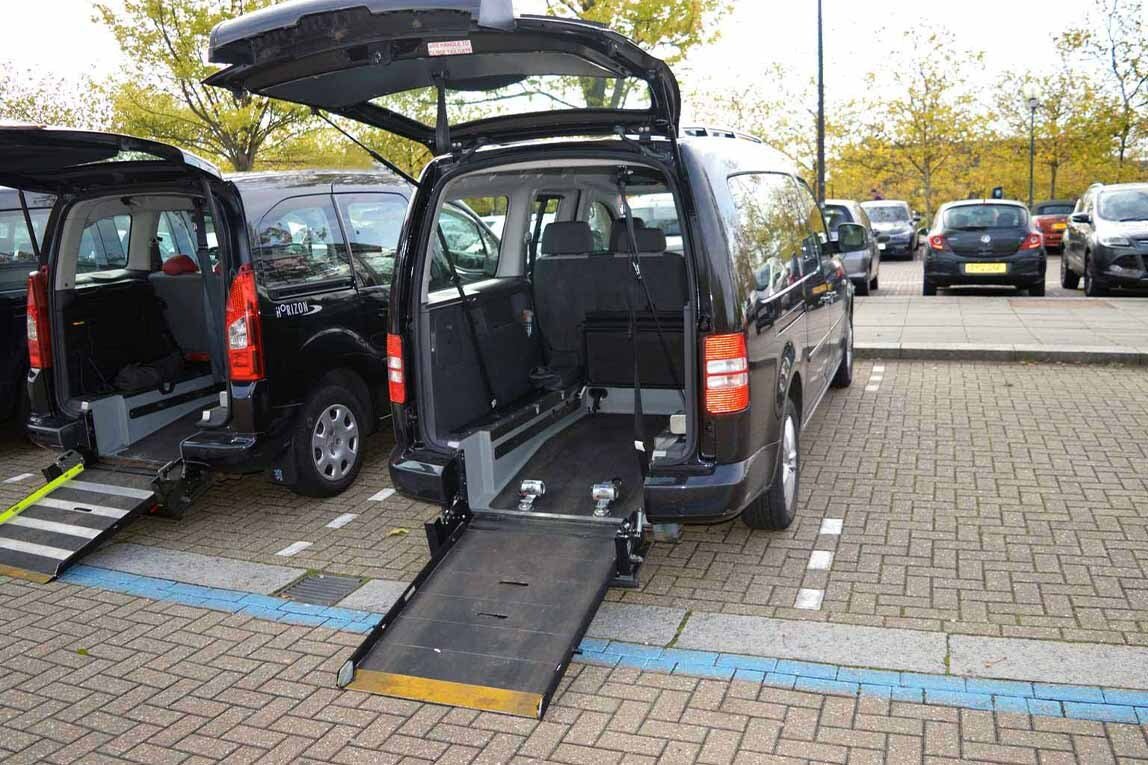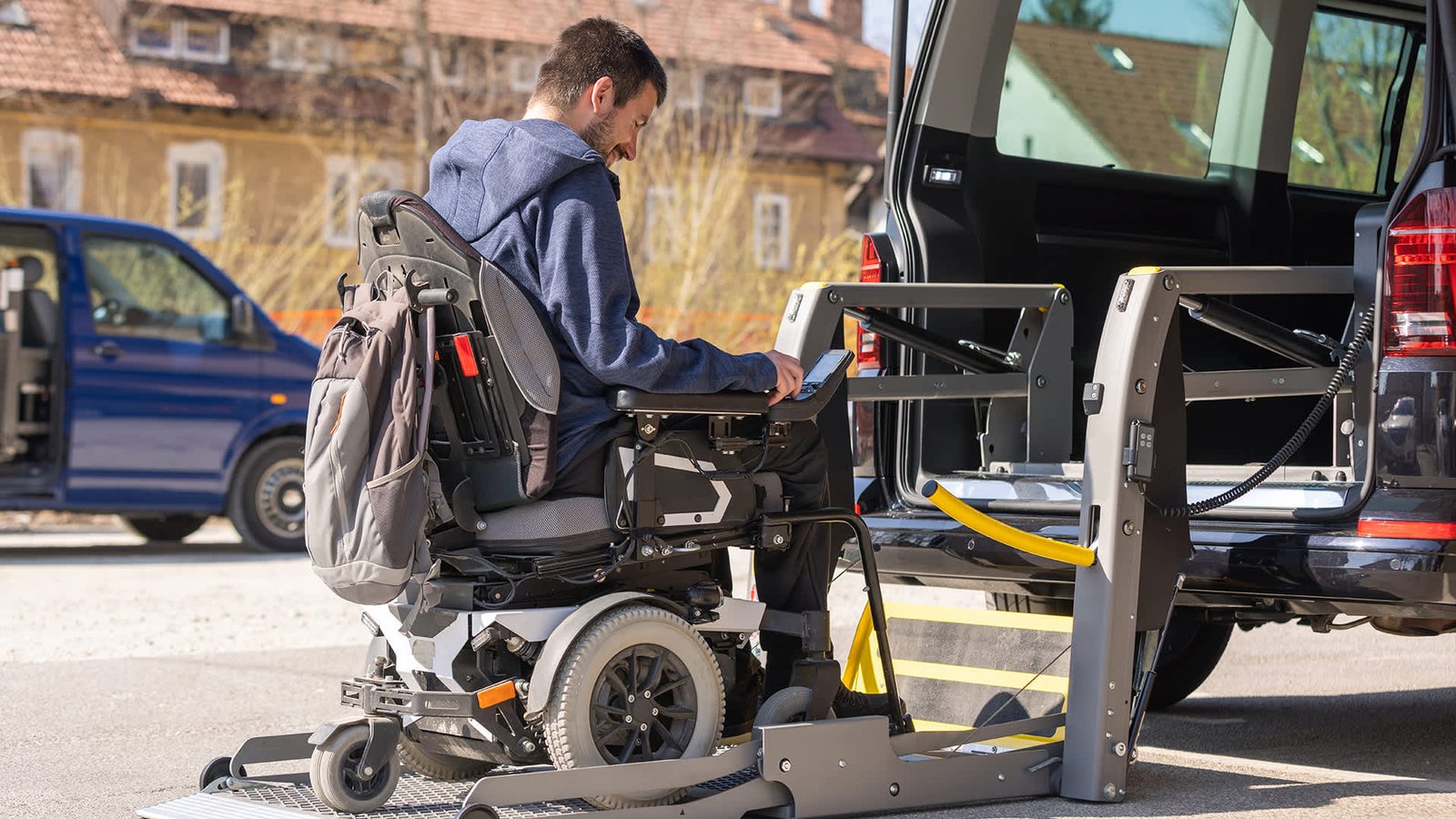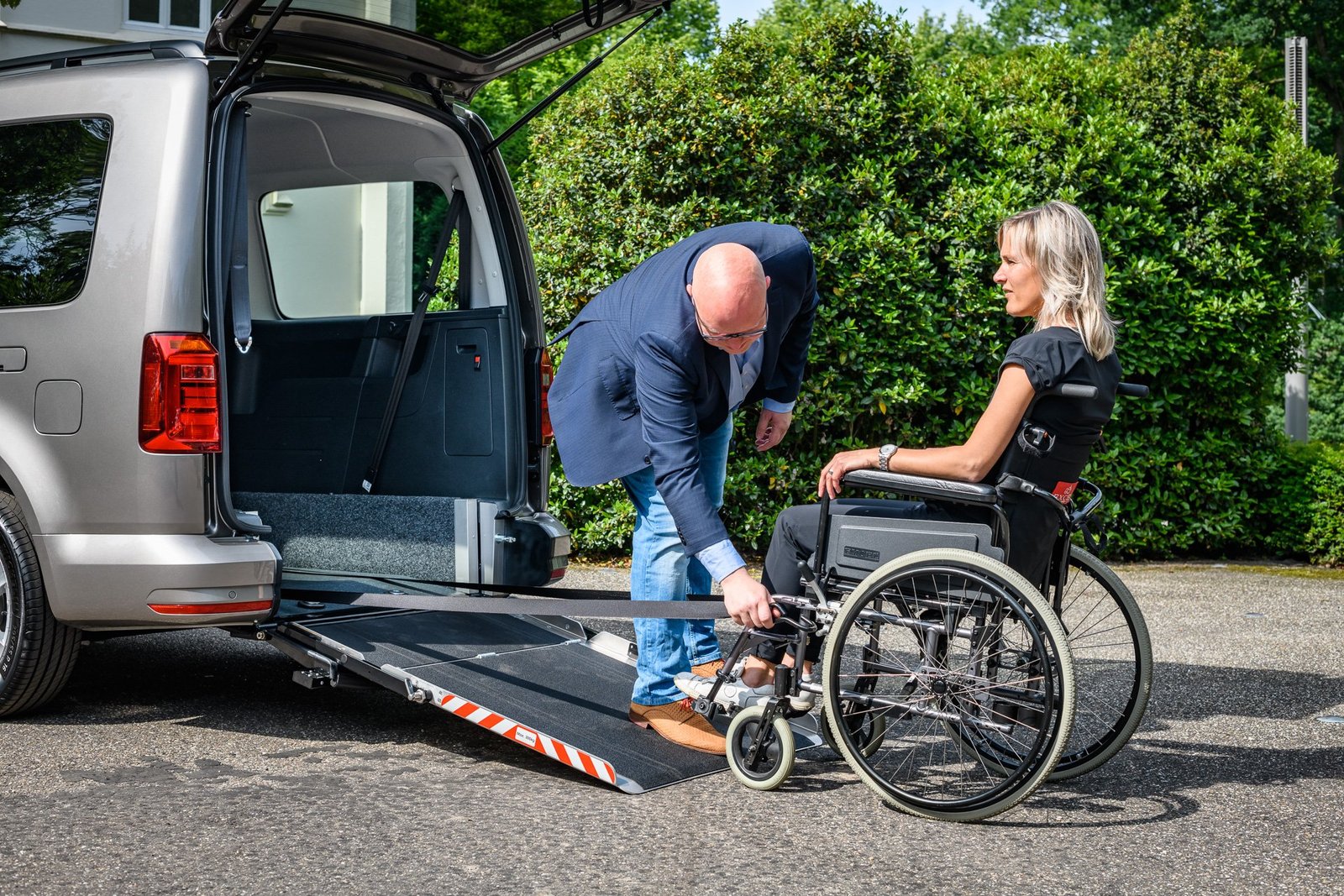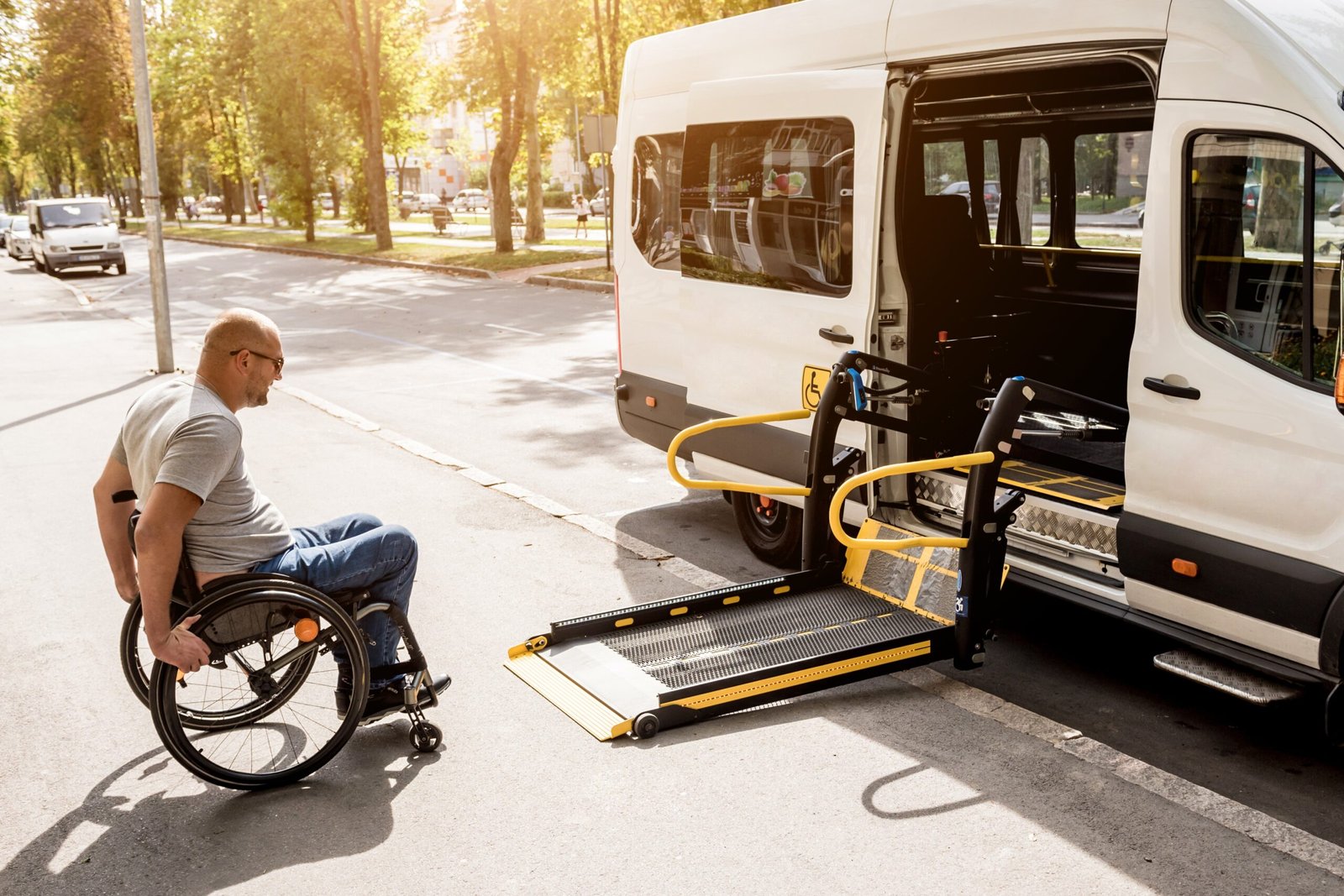Booking a wheelchair taxi isn’t just about finding a ride—it’s about ensuring safety, dignity, and ease for someone who depends on accessible transport. Unfortunately, not all wheelchair taxi services are built with that understanding. To avoid stress, discomfort, or even danger, it’s critical to know what separates a good service from a great one.
Here’s what to look for before you book.
1. Proper Accessibility Equipment
This is the non-negotiable foundation of any wheelchair taxi. The vehicle must be properly equipped to handle a variety of mobility devices—manual wheelchairs, powered chairs, scooters, and more. But it’s not just about having some equipment; it’s about having the right kind.
Look for these essentials:
-
Hydraulic lifts or high-quality ramps: The entry process should feel secure, not like you’re balancing on a plank. A proper hydraulic lift ensures smooth boarding for heavy power chairs, and ramps should be wide, stable, and rated for the appropriate weight capacity.
-
Interior space: Once inside, passengers need enough room to remain seated in their wheelchair comfortably and safely. There should be clear turning space, proper height clearance, and positioning that doesn’t feel like an afterthought.
-
Secure restraints: The taxi must have proper tie-downs to lock the wheelchair into place, and seat belts or harnesses for the passenger. These prevent shifting or tipping during sudden stops.
If these features are missing or outdated, the vehicle isn’t safe—plain and simple.
2. Certified and Trained Drivers
A wheelchair-accessible taxi isn’t just a vehicle—it’s a service. And that service is only as good as the person delivering it.
A well-trained driver should:
-
Understand how to operate all accessibility equipment confidently, including ramps, lifts, and restraints.
-
Assist with care: This means helping passengers enter and exit without rushing, offering verbal support, and respecting personal boundaries.
-
Know emergency protocols: If something goes wrong—like a malfunctioning lift or a medical situation—they need to act quickly and calmly.
-
Communicate clearly and respectfully, especially with non-verbal or neurodivergent passengers.
Training isn’t optional. It should be a core part of the service, ideally with certification or proof of ongoing learning.
3. 24/7 Availability and On-Time Reliability
Life doesn’t follow a 9-to-5 schedule—and neither do emergencies, early flights, or late-night events. A solid wheelchair taxi service should reflect that reality.
What to expect:
-
24/7 availability: Whether you’re going to the airport at 4 AM or coming home from a hospital visit late at night, you should be able to count on access to a ride.
-
Advance bookings: For predictable trips like medical appointments, you should be able to schedule a ride in advance and know it will show up on time.
-
Real-time tracking: Apps or alerts that show the driver’s location are a bonus, especially for users who prefer knowing exactly when their vehicle will arrive.
-
Punctuality: Wheelchair users often plan with tighter margins—being late can mean missing a doctor, a therapy session, or a connection.
Reliability isn’t just a perk. It’s part of the service promise.
4. Transparent, Fair Pricing
Wheelchair users already face increased costs for daily living—accessible taxis shouldn’t add to that burden unfairly. Watch out for vague or inflated pricing models.
The best services offer:
-
Upfront pricing: You should know what you’re paying before the ride starts, with no surprise fees for using a lift or ramp.
-
Flat rates for standard destinations: For trips to hospitals, airports, or city centers, some companies offer flat fees, which helps you budget with confidence.
-
No “accessibility” surcharges: You should never be charged more just because you use a wheelchair. Equal access means equal pricing.
If the pricing isn’t clearly laid out—or if it seems inconsistent—consider it a red flag.
5. Strong Reviews from the Disability Community
No one knows the reality of a wheelchair taxi service better than those who use it regularly. Before you book, take the time to read reviews—not just on the company’s website, but also on Google, Yelp, or community forums.
Look for reviews that mention:
-
Cleanliness and comfort of the vehicles
-
Respectful and helpful drivers
-
Consistency in showing up on time
-
Safety and ease of entry/exit
-
Responsiveness of customer service when things go wrong
Also pay attention to how the company responds to negative reviews. Are they defensive? Or do they take feedback seriously and make changes?
Reviews aren’t about perfection—they’re about patterns. Trust the people who rely on these services every day.
Final Thought: Good Transport is a Right, Not a Luxury
For many people, a wheelchair taxi isn’t a convenience—it’s a necessity. Whether it’s getting to work, a doctor’s appointment, or a night out, accessible travel should be safe, affordable, and human-centered.
Choosing the right service takes a little research, but the payoff is peace of mind, confidence, and the freedom to move through your city with dignity.
Looking for a service that checks all the boxes? Visit WheelchairTaxis.com and find a ride you can trust.





